Learning Sprint 2 | Art Assignment: Lost Childhood Object
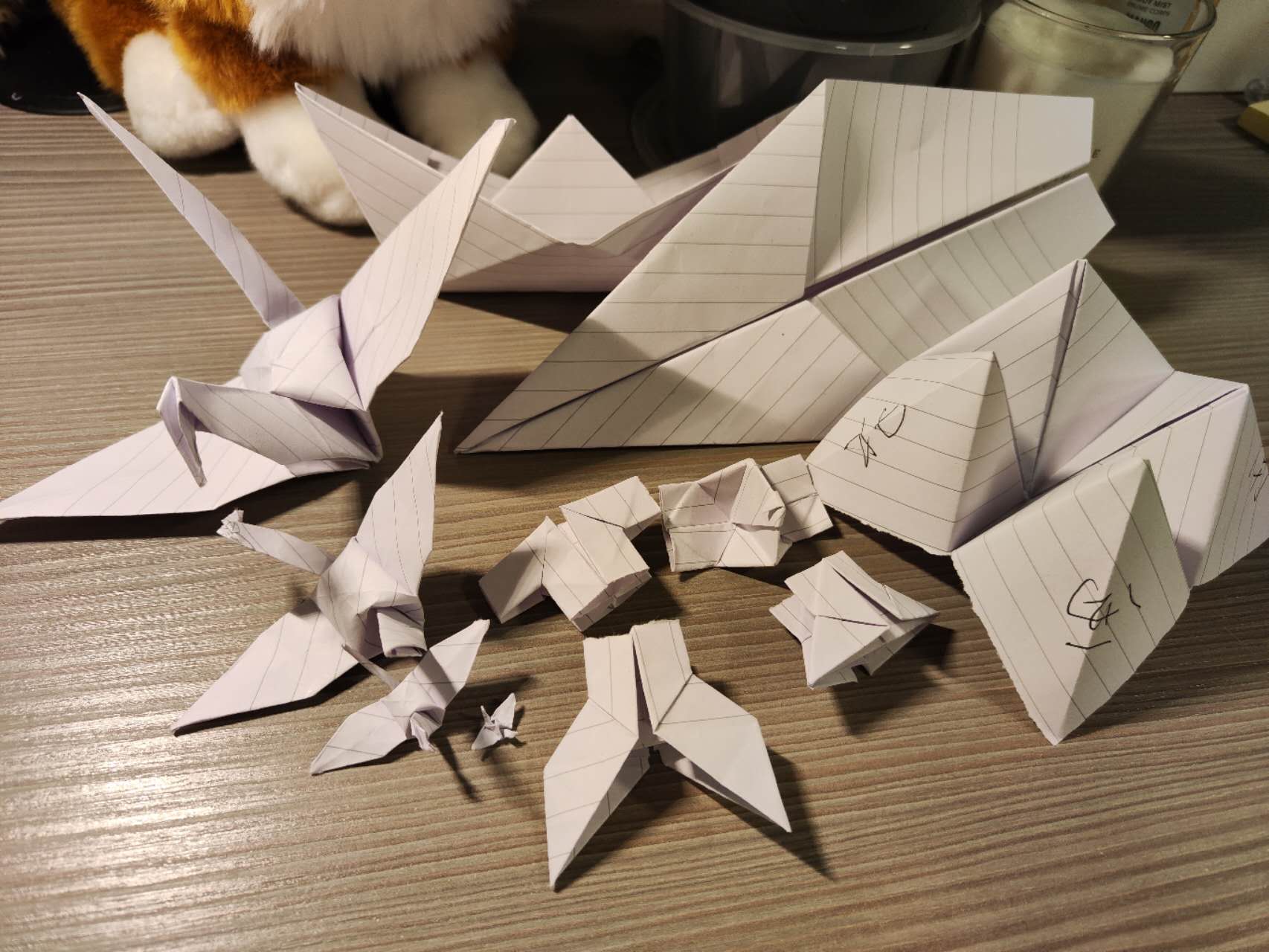
The assignment which I chose is: Lost Childhood Object — The Art Assignment
INSTRUCTIONS
1. Ask someone to describe an object they made or cherished as a child. Make a mental image of that object
2. Create the object
3. Give the object back to the person (Ideally, you’d do this project in tandem)
4. Document and upload using #theartassignment
5. Fame and glory (your work might be in a future episode)
When I was in primary school, origami was a popular activity with both boys and girls enjoyed it. In those days we used to secretly tear the paper out of our workbooks to make origami. We would tear them up neatly so that the teachers wouldn’t find out. Although now I suspect the teachers knew all about it, they just didn’t want to get into it with us.
Both the paper aeroplane and the paper boat can be folded on rectangular paper, which is the perfect size for a workbook, and the fact that they can be compared with other people’s origami makes them the most popular origami in my childhood class.
We would have competitions with our respective paper aeroplanes or boats to see whose plane flew further or whose boat floated on the water for longer.
Paper cranes are my best origami project. I can fold paper cranes on different sizes of paper, I have even folded paper cranes on 1cm x 1cm paper and I can still do it. As a child I even imagined that I could break the Guinness World Record by folding the world’s smallest paper cranes.
← The small crane I made.
Origami for dresses, trousers and skirts was very popular among girls. We would decorate our own paper clothes with coloured pens to made them more beautiful.
These paper clothes were quite frowned upon among parents because in traditional Chinese culture they are reserved for the dead. But children were not squeamish about this, we only cared if these paper clothes make us happy.
Paper cameras were also very popular in my class. Although it didn’t look like a camera, it was the act of playing with it that gave it the definition of a camera.
This game may seem boring to adults. But for a group of children living in the early twenty-first century, it was attractive enough.
↑ How to play a paper camera
The last type of origami was also very popular among us. We call it South East North West. Once we had folded the paper, we would write the four directions – south, east, north and west – on the four different corners.
The rule is the host puts the origami in his or her hands, the other players choose the direction and decide the number of steps, the host opens and closes the origami outwards and inwards according to the number of steps specified, the players have to follow the instructions shown in that direction.
We used to write down instructions on folded paper such as wipe the floor or the blackboard to decide who would be on duty that day. Of course, there was also no shortage of neat instructions to write to add some fun to life.
Although these origami are elementary and simple, they brought me a lot of fun in my childhood. Nowadays I don’t fold paper anymore. These origami papers became the lost childhood objects stacked in the corners of my memory. I am glad that this art assignment reminded me of them. I recreated some origami for this assignment and relived the joy of my childhood.



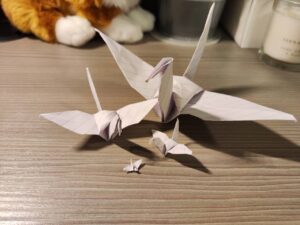
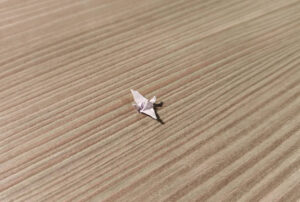

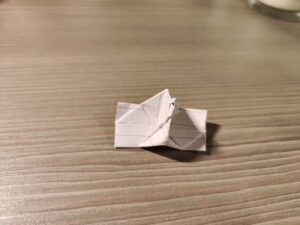
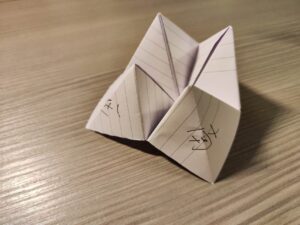


Childhood is the period of time when I had the most abundant imagination and I also loved origami but I have to say I had no gift for hand-making. The childhood objects represent a kind of imagination and exploration of the world and it is also a kind of reflection of what they have accessed. To find what lost in the childhood is to recall the happy life and the unshaped oneself. There is an advice. I think writer can also write some further play instruction or original rules.
Thank you for your sharing. Reading your post, I feel like I am back to the carefree days of my childhood.
Thanks for sharing in your blog, what people experience in childhood may be the most important stage in their life
This is a great response to the assignment Yushan. I particuarly like how you’ve illustrated what you did and used the text to compliment the images (more than vice-versa). This works really well. The discussion of the tiny oragami clothes you made and the taboo around joss paper is really fascinating!